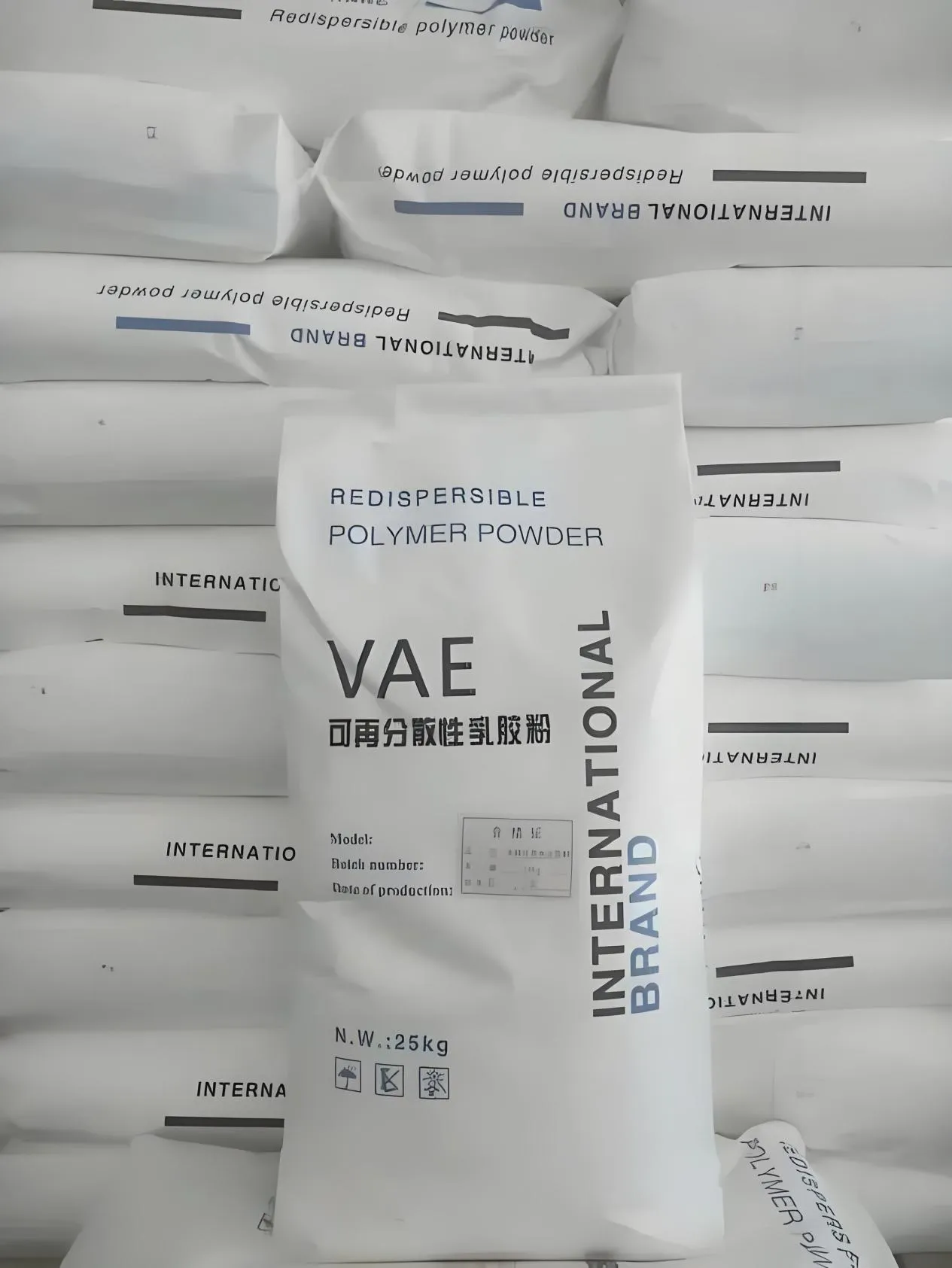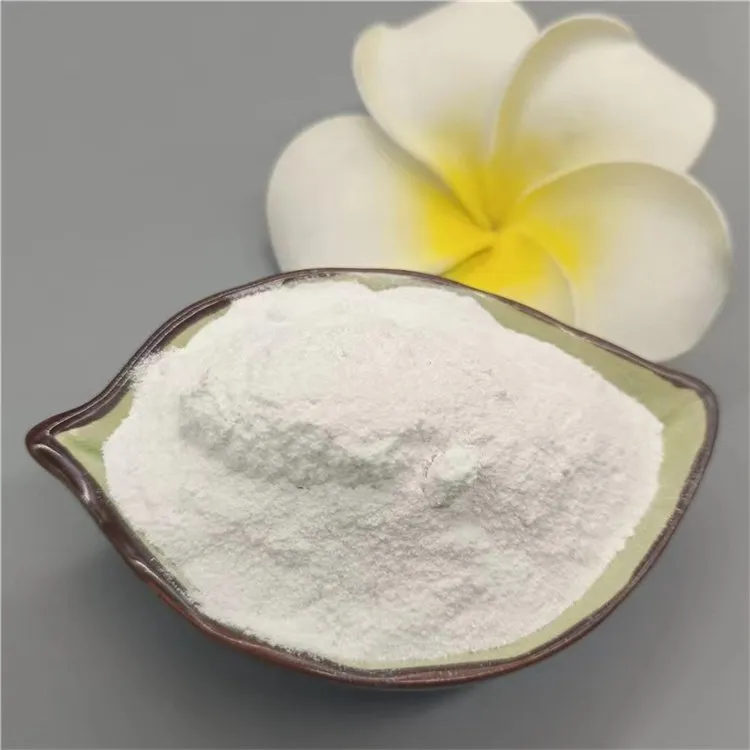
Understanding Redispersible Polymer Powder Types and Their Characteristics
In modern construction and dry-mix technologies, redispersible polymer powders play a vital role. These powders dissolve in water to reform a polymeric binder, dramatically enhancing adhesion, flexibility, and water resistance. Among them, there are various redispersible polymer powder types, each tailored to different performance needs.

Redispersible latex powder: Created from latex emulsion systems, this form emphasizes adhesion and elasticity when reconstituted. Commonly used in tile adhesives and grouting applications.
Redispersible emulsion powder: A broader category including emulsion-derived polymers like vinyl acetate–ethylene. Flexible, reliable, and easy to incorporate into mixtures.
VAE powder (vinyl acetate ethylene redispersible powder): A dominant type known for its excellent film-forming ability, low glass transition temperature, and chemical durability.
Dispersible polymer powder: A catch-all term for powders capable of dispersing in water. Some, like VAE-based ones, redispersible into useful films, while others may not fully re-form films.
In industry shorthand, one may see rdp powder, rdp polymer, or redispersible polymer powder rdp — all referring to redispersible variants.
Alternate spacing such as re dispersible polymer powder is simply another stylization of the same essential concept.
The term polímero en polvo redispersable can also appear, again indicating the same underlying material.
Frequently, documents or summaries might be cross-referenced to redispersible polymer powder wiki entries, which consolidate definitions, histories, and application guidance in one place.

Applications, Market Share, Pricing, Suppliers, and HS Classification
Applications and Uses
The redispersible polymer powder uses are extensive across construction sectors:
In tile adhesives and grouts, redispersible powders greatly improve bond strength, water resistance, and flexibility.
When used in render mortars and plasters, they reduce shrinkage, improve crack bridging, and enhance overall workability.
Self-leveling compounds benefit from smoother application and better leveling, thanks to the film-forming properties of these powders.
In energy-efficient façades like exterior insulation and finish systems (EIFS), VAE redispersible powder is critical for film integrity, adhesion, and crack resistance.
Market Share
The redispersible polymer powder market share is steadily increasing. VAE powder variants dominate due to their favorable performance profile—flexibility, film formation, and chemical resistance. Emerging markets in Asia-Pacific, especially China and India, are contributing significantly to growth, followed by demand in Europe and North America.
Pricing
RDP powder price varies depending on grade, polymer type, regional cost structures, and volume. VAE-based powders generally command a premium due to their advanced film-forming and weather-resistant features. Pricing also fluctuates with raw material costs like vinyl acetate, ethylene, and energy expenses tied to spray-drying processes.
Suppliers
A wide array of companies operate as redispersible latex powder suppliers or broader redispersible polymer powder providers. Manufacturers often offer multiple grades, including VAE RDP, to serve applications from tile adhesives to EIFS and mortars.
HS Code Classification
For international trade, the redispersible polymer powder HS code is crucial. These powders often fall under HS chapters dealing with polymer preparations (e.g., HS 3900–3926). Some cellulose-based variants might fall under HS 3912. Specific classification depends on composition, intended use, and country's customs nomenclature; exporters should verify local tariff schedules to ensure proper classification.
Conclusion
Redispersible polymer powder—whether marketed as redispersible latex powder, redispersible emulsion powder, VAE powder, rdp powder, or vae redispersible powder—is a cornerstone material in modern construction, transforming dry mixes into flexible, high-performance systems. The rise in redispersible polymer powder market share reflects its critical role in applications such as tile adhesives, EIFS, self-levelers, and renders. While rdp powder price depends on polymer chemistry and market dynamics, the performance benefits often justify the investment. As global infrastructure and energy-efficient building trends grow, demand for these advanced powders will continue to climb. Knowing the relevant HS code is essential for seamless trade, and leveraging supplier networks through redispersible latex powder suppliers ensures access to tailored solutions.
FAQs
FAQ 1 – What are the main redispersible polymer powder types like VAE RDP and redispersible latex powder?
Answer:
Key types include redispersible latex powder (latex-based), redispersible emulsion powder (generic emulsion-derived), and VAE powder (vinyl acetate–ethylene), often called VAE RDP, prized for film formation and flexibility.
FAQ 2 – What are the primary redispersible polymer powder uses in construction?
Answer:
They are widely used in tile adhesives, renders and mortars, self-leveling compounds, and EIFS/insulation systems, enhancing adhesion, crack resistance, and workability.
FAQ 3 – How large is the redispersible polymer powder market share and its growth trend?
Answer:
While exact figures vary, VAE-based powders hold the largest value share. The market is rapidly growing, especially in Asia-Pacific, driven by urban expansion and sustainable building demands.
FAQ 4 – What affects RDP powder pricing, and how variable is the rdp powder price?
Answer:
Pricing reflects polymer type (e.g., VAE vs. latex), raw-material costs (like vinyl acetate, ethylene), manufacturing processes (e.g., spray drying), and volume. VAE-based options tend to be more expensive due to enhanced performance.
FAQ 5 – Where can I find the redispersible polymer powder HS code, and why is it important?
Answer:
These powders are typically classified within HS chapters 3900–3926, sometimes 3912. Accurate classification is essential for customs compliance—check your country’s tariff database to identify the precise HS code.
-
Hydroxypropyl Starch as a Sustainable Construction AdditiveNewsNov.24,2025
-
The Gelation Properties of CMCNewsNov.21,2025
-
Redispersible Latex Powder and Water Retention CapacityNewsNov.21,2025
-
Dosage Control for Polycarboxylate Water ReducerNewsNov.21,2025
-
Film-Forming Properties of Polyvinyl AlcoholNewsNov.21,2025
-
The Function of Gypsum Additives in MortarNewsNov.21,2025





















